Techniques
Click on an image to
view an enlarged version
Cold PlateOne of our inert atmosphere gloveboxes contains a temperature controlled plate that maintains thermally sensitive reactions at temperatures from -80 °C to 0 °C. We also have cold wells in each glove box. |
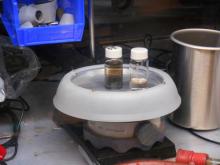 |
|
Crystal DiffractionDiffraction allows us to determine the connectivity and binding modes of our complexes, and the department has an outstanding collection of instruments. We regularly collect X-ray diffraction data as well as electron diffraction of microcrystals. We work closely with Dr. Brandon Mercado, a Yale expert, on diffraction studies. |
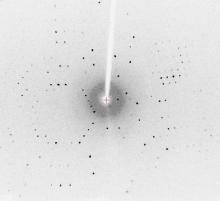 |
|
Electrochemical MeasurementsWe can measure electrochemical oxidation or reduction inside the glove box, using Pine Instruments or CHI potentiostats. |
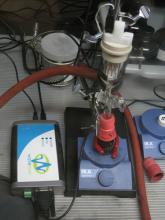 |
|
EPR SpectroscopyThe Brudvig research group helps us to use their electron paramagnetic resonance (EPR) instrument that gives information on many compounds with unpaired electrons. |
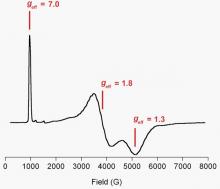 |
|
Glove BoxesMany of our compounds react with air and moisture, so we keep them safe inside glove boxes filled with dry argon or nitrogen. Our argon-containing box has a nitrogen-scrubbing system to avoid reactions with N2, when desired. |
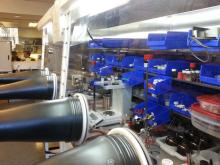 |
|
Infrared SpectroscopyInfrared (IR) spectroscopy identifies functional groups in molecules. We have a Bruker Alpha spectrometer inside one glove box, with wireless connection to a laptop computer for data processing. |
 |
|
Ion chromatographyWe have a Metrohm ion chromatograph, which enables us to detect various cations and anions using UV-vis, conductivity, or amperometric methods. |
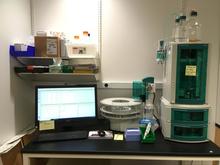 |
|
Liquid Nitrogen InletOne of our inert atmosphere gloveboxes is equipped with a liquid nitrogen inlet hose, which allows liquid nitrogen to be dispensed directly inside the glovebox. |
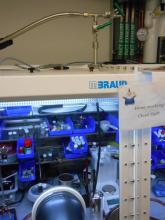 |
|
Mössbauer SpectroscopyMössbauer spectroscopy is used for determination of the electronic, magnetic and structural environment of iron. More on Mössbauer… |
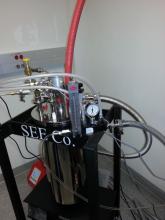 |
|
NMR SpectroscopyNuclear magnetic resonance (NMR) spectroscopy gives insight into the chemical environment in molecules. NMR is routinely used for identification of molecules and assignment of molecular structures. |
 |
|
Schlenk line + gas addition systemEach hood is equipped with a Schlenk line for handling air-sensitive materials outside of the glovebox. One line has a gas addition system that can add a precisely measured amount of a gaseous reactant. |
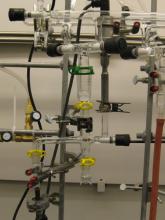 |
|
Solvent PurificationTwelve alumina and copper columns dry the solvents used for moisture and oxygen sensitive chemistry in our lab. |
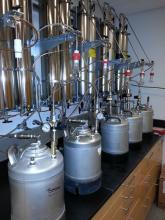 |
|
Student OfficesOur student offices currently have two computers equipped with software to work up NMR and Mössbauer spectra, as well as software for generating plots and crystal structure images. The office is often stocked with snacks and beverages to keep us going! |
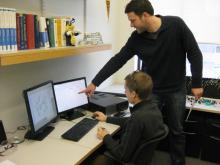 |
|
UV-vis SpectroscopyUV-vis spectroscopy is a key technique for quantifying concentrations and identifying compounds. We have a cryostat that enables us to observe species or follow reactions as cold as -120 °C. |
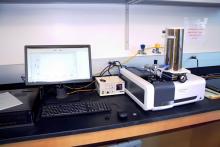 |
